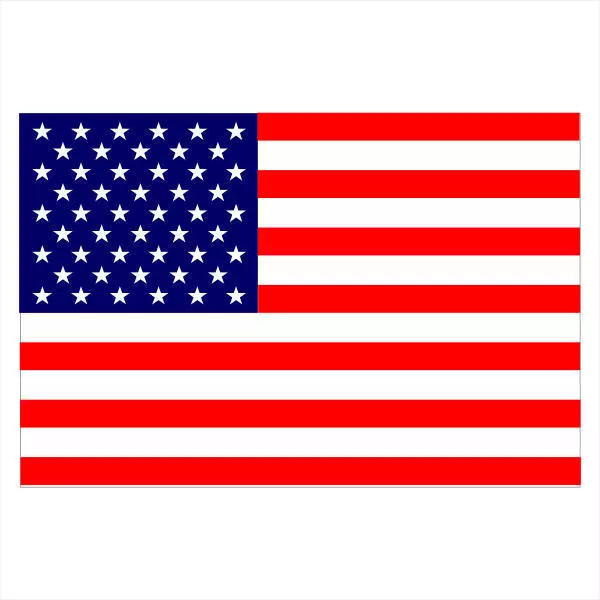The U.S. government partially shut down on Wednesday after Congress and the White House failed to reach a funding agreement, marking the 15th shutdown since 1981. The impasse threatens to furlough roughly 750,000 federal workers, delay critical economic data, slow air travel, suspend scientific research, and cost an estimated $400 million per day.
Republican President Donald Trump warned congressional Democrats that the shutdown could accelerate planned reductions of federal staff, while Vice President JD Vance highlighted potential risks to air travel, noting that essential personnel like air traffic controllers and TSA agents were concerned about delayed pay.
The standoff arose after Senate Democrats blocked a stopgap measure to fund the government through November 21, citing the need to extend health benefits for millions of Americans. Republicans argued that the issue should be addressed separately. Both parties have used the shutdown to gain leverage ahead of the 2026 midterm elections.
Wall Street reacted cautiously, with stocks opening lower, gold reaching record highs, and the dollar hovering near a one-week low amid uncertainty about delayed economic reports and potential job losses. The funding dispute centers on $1.7 trillion for agency operations, approximately a quarter of the federal government’s $7 trillion budget.
House Democratic Leader Hakeem Jeffries blamed the shutdown on Republican efforts to withhold healthcare from working-class Americans, while Senate Republican Leader John Thune argued the impasse was political, stating there was no substantive reason for the government to close.
Experts warn the shutdown could extend longer than previous closures due to heightened political polarization. Democrats are pushing to secure extended health subsidies and prevent President Trump from reversing funding provisions, presenting one of the few issues that could unite the party ahead of next year’s midterm elections.
University of Chicago professor Robert Pape noted that the U.S. political climate makes predicting an end to the shutdown difficult, with leaders constrained by pressure from their most vocal supporters.

